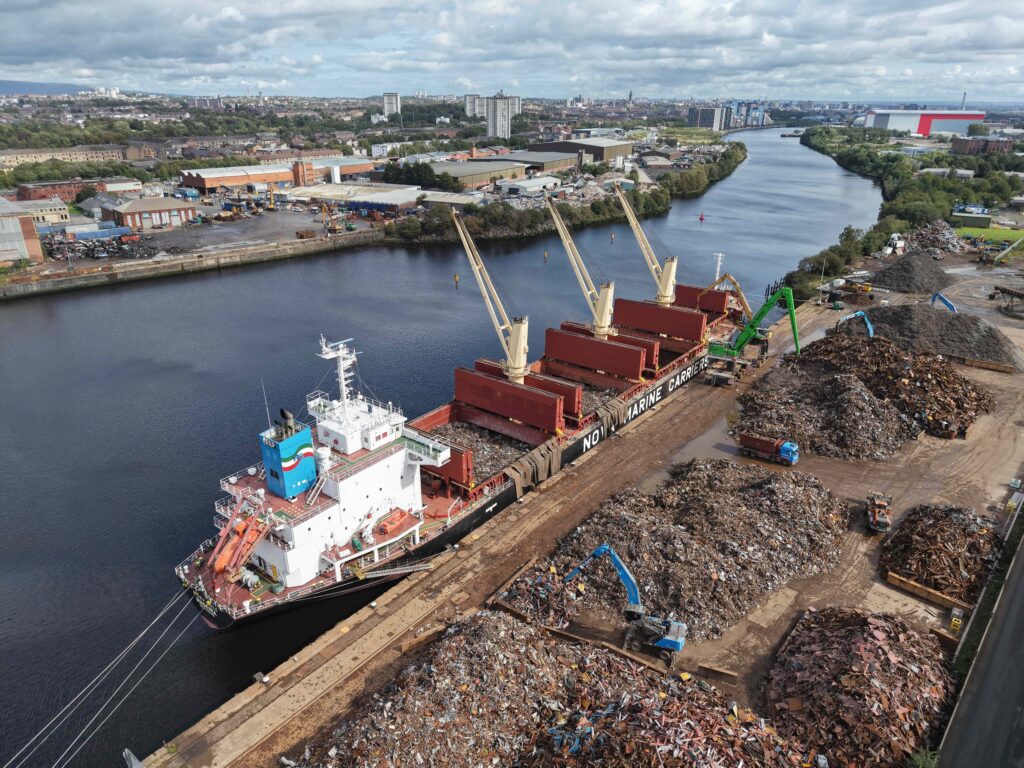It is a share of over 9 million in funding, announced by Fire Safety Minister Phil Hope last week, which goes towards new and innovative projects to reduce arson across the country.
The cash will be used to help fund the already successful Operation Cubit – a multi-agency approach to rid the borough's streets of abandoned and untaxed vehicles – over the next three years.
Cllr Joel Briant, Cabinet Member for the Environment, said: “Since June 2002 Cubit has removed 1,800 abandoned or untaxed vehicles from Bexley's streets, contributing to a drop of almost 50% in vehicle fires. The extra money will be used to expand the service and improve the borough's street scene even further.”
The grant will also fund a series of workshops, in partnership with the Police and Fire Services, to try stop young people involved in arson, car theft and illegal driving re-offending.
The workshops aim to encourage young offenders to look at their reasons for offending, challenge and help them to change their behaviour and give an insight into the devastation arson can cause. They will also get hands-on use of fire fighting and rescue equipment.
Cllr Chris Ball, Leader of the Council and Chair of Bexley's Community Safety Partnership said: “Our pilot workshops have produced some very positive results. Out of 16 young offenders who have been through the programme, only one has re-offended. Not only will this grant improve the environment, it will also go a long way to reduce crime and fear of crime in the borough.”
Fire Safety Minister Phil Hope said: “Arson is the single largest cause of fires in the UK. It destroys people's lives and costs millions of pounds in damage to property. Through schemes such as Cubit we can build on the success of existing projects across the country and help drive forward the fight against malicious fires.
“The Fire and Rescue Services Bill will change the focus of the service to place a greater emphasis on fire prevention – combating arson, and in particular projects such as this, are key elements of this approach and the wider modernisation agenda of the fire and rescue service.”







Subscribe for free